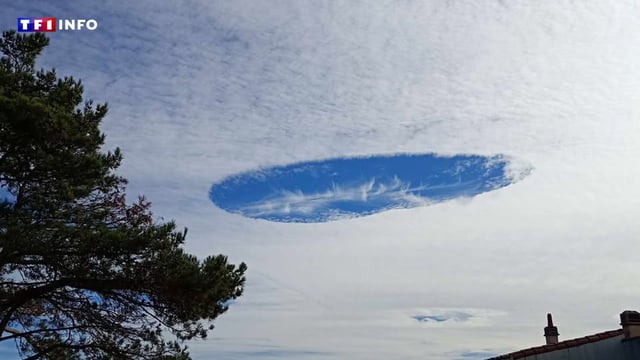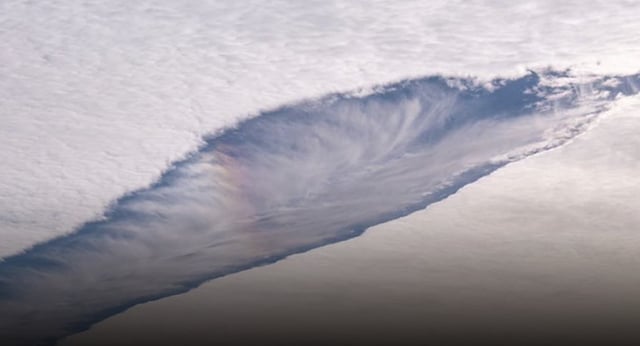Overview
- Residents across Vaucluse, Bouches-du-Rhône, Gard and Ardèche reported the feature late Saturday morning with dozens of photos from Avignon, Aix, Marseille and beyond.
- Météo-France explains the hole formed when supercooled droplets froze into ice crystals in a stable mid‑level cloud, then fell and sublimated after a rapid, localized pressure drop.
- The World Meteorological Organization classifies this phenomenon as a cavum, also called a trou de virga or fallstreak hole.
- Independent meteorologist Paul Marquis called it rare for the region and stressed it is not supernatural or dangerous, with an aircraft passage a plausible trigger.
- Witness accounts describe a visible span of roughly 50 kilometers and a duration of about twenty minutes in at least one location.



